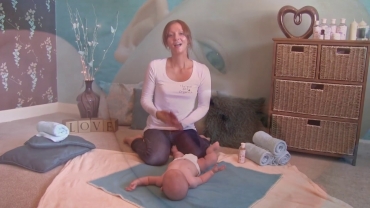Your baby's endocrine system will secrete more stress hormones during birth than at any other time in her life. Once she's out of the womb, those hormones will help manage her bodily systems without the help of your placenta.
Changes in Body:
- Braxton Hicks contractions may start as the cervix softens in readiness for the birth.
- Your breasts may be leaking colostrum, the baby's first milk that will be rich in antibodies to protect him or her.
- At any stage you may have signs indicating you are in the first stage of labour: you may have a sudden surge of energy (the "nesting" urge) – or you may feel fatigued – you may have a show, your waters may break or you may start feeling your first labour pains.
- Labour contractions differ from Braxton-Hicks contractions, which are uncomfortable not painful, and don’t build-up. In labour, contractions are felt as a tightening sensation across your abdomen and into your back, caused when the muscles in the womb shorten, pulling up on the cervix and down at the top of the womb.
- Increased vaginal discharge is also a common early labor sign. If you notice an increase in vaginal discharge that's tinged with pink, red, or brown blood, this may be a sign that your cervix is dilating and/or thinning.
Your Baby:
- If they haven’t already, they’ll be shedding the Vernix Caseosa which will be mixing into the remaining amniotic fluid, which is likely to be swallowed by the baby.
- Your baby’s brain is still laying down nervous connections which will continue throughout its early childhood.
- The fetus can now function on its own although it is still getting nourishment from the placenta.
- Baby is now in position for birth and is roughly 49cm long and weighs 3.1kg
- Your baby's lungs continue to develop right up until she's born.
- The waiting in nearly ower and you will probably be feeling both excited and apprehensive about the birth.
- 275 views













